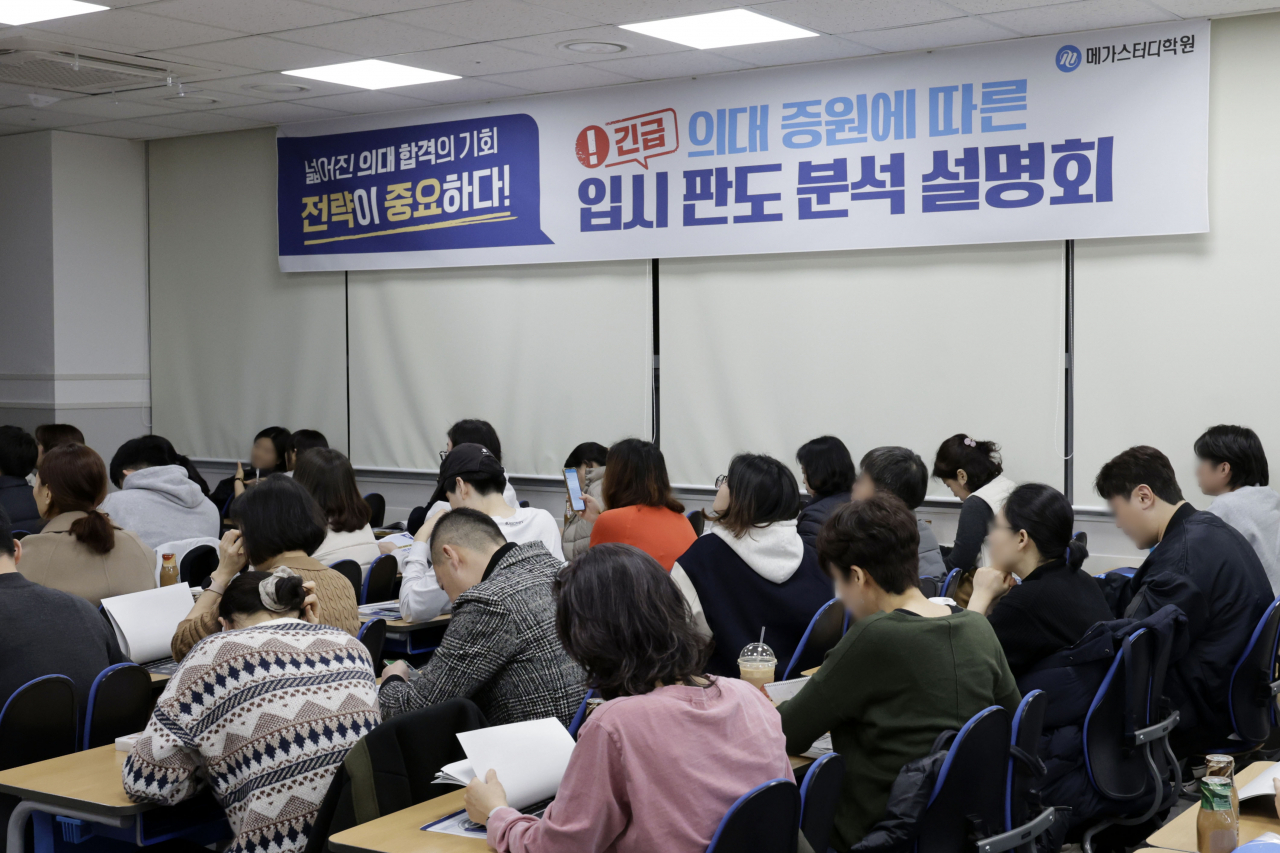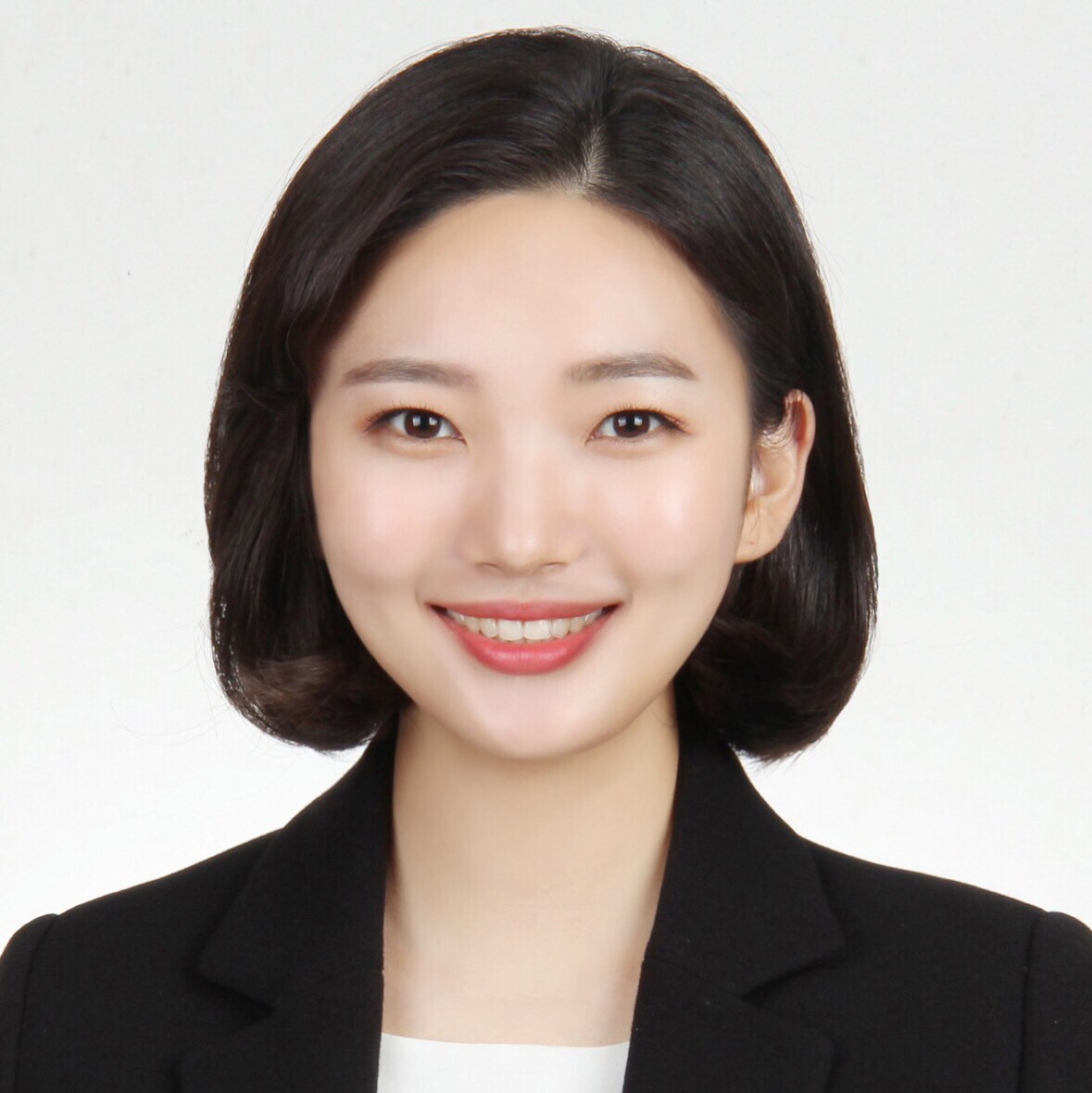Late bloomers eye medical schools amid hike plan
Cram schools open late-night classes targeting those who already have jobs
By Choi Jeong-yoonPublished : March 10, 2024 - 15:27

Amidst the South Korean government's move to boost the medical enrollment quota, a growing number of Koreans in their 20s to 50s are flocking to private academies in a determined bid to prepare for medical school applications, or what they are calling their "second chance" in life.
Due to rising demands, private academies that help students prepare for the Korean college entrance exam, or Suneung, have recently opened late-night classes targeting those who already have careers but are hoping to enroll in medical schools for a more "stable and high-income job." One private education service explained that the industry of so-called "prep students" varies from those in education, finance or even journalism.
"Finance company executives and businessmen in their 50s who are not too far away from retirement are inquiring about medical school," an official at one of the study institutions said, adding that there was also a government official in his 40s who asked for counseling.
"Since the life expectancy of people has increased, many people feel anxious about their uncertain life after retirement," the official added. "They are taking the challenge because becoming a doctor gives one a very clear expertise, as there is a 'license,' and the income is much better."
The aspiration of becoming a doctor has been on a constant rise in the country, but this is the first time private education industries have initiated med school prep classes for those already working.
Such a trend comes after the government announced its plan to add 2,000 more medical student seats from the current 3,058 with an aim to tackle doctor shortages and deficiency of medical access in rural regions. A total of 40 medical schools nationwide have collectively requested an increase in the annual student quota by 3,401 in a recent government survey, which is 1.7 times higher than the planned increase of 2,000.
The government's decision to increase the medical quota came after 19 years, as the quota of 3,058 has been fixed since 2006. The prospect of a 65 percent increase in available seats next year presents an enticing challenge for many to pursue, as doctors earn high incomes, according to observers.
Private companies have held signs that read "It's easy to go to med school," promoting classes for those already working. Such classes cost 700,000 ($530) a month and run from 7 p.m. to 10. p.m., a time when office workers who usually work from 9 a.m. to 6 p.m. can attend.
With office workers joining the race of medical school enrollment, education communities predict next year's Suneung could become a fierce competition for med schools and expect those preparing for medical school could increase to 15,800 from roughly 9,500 students this year.




















